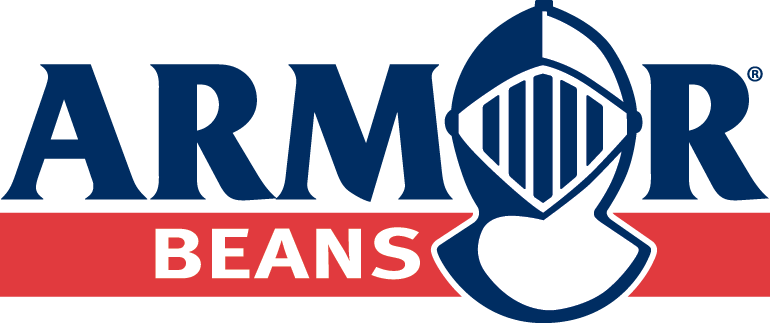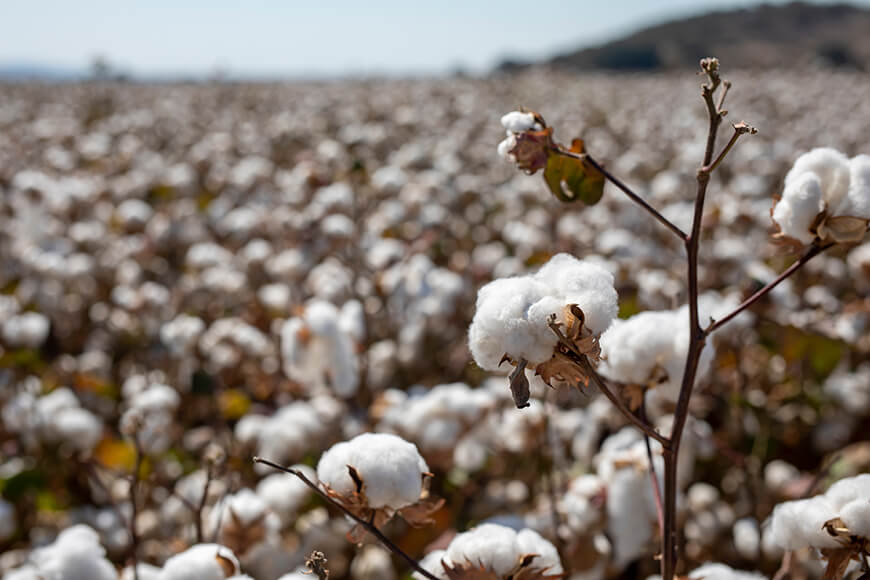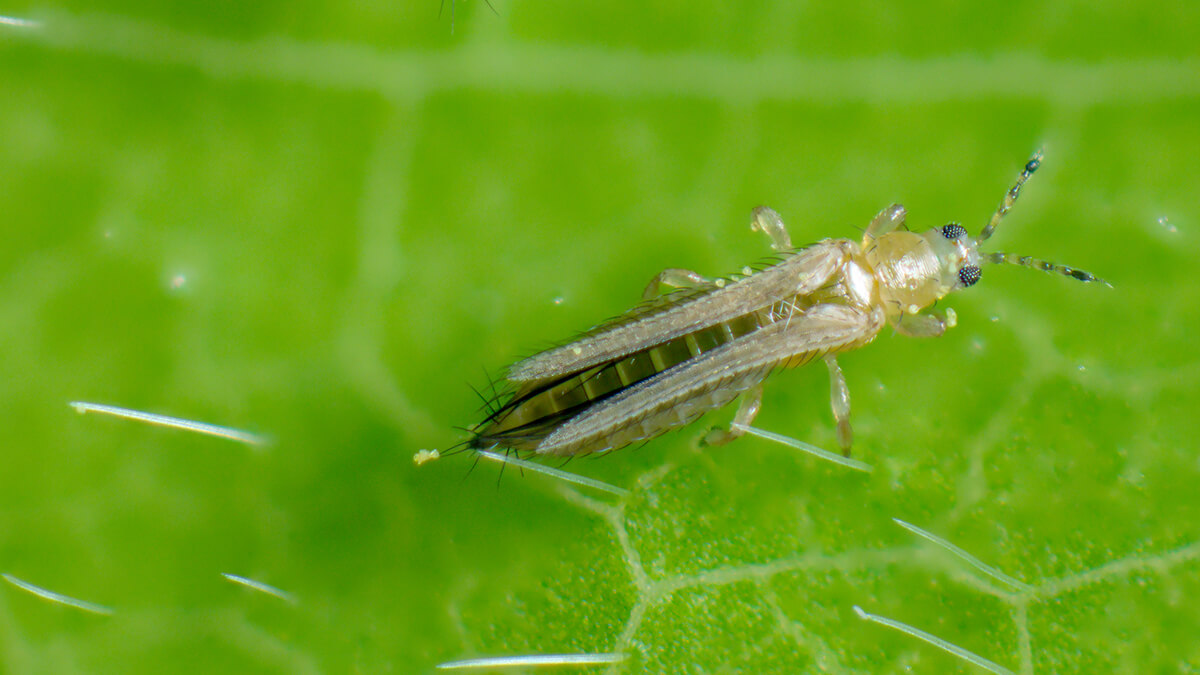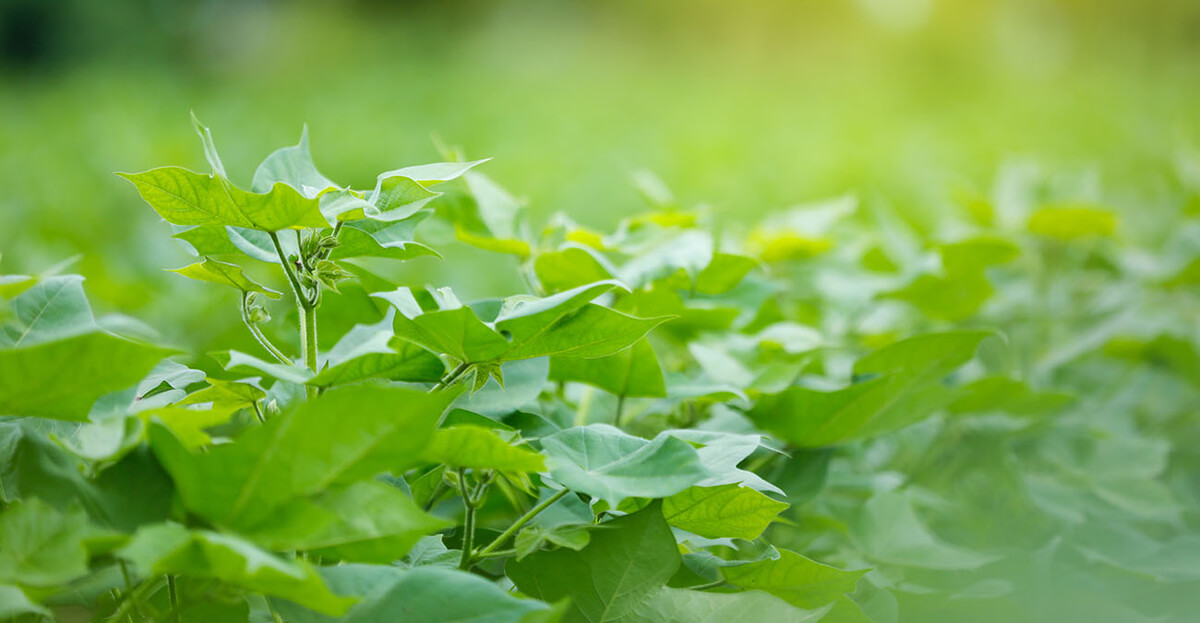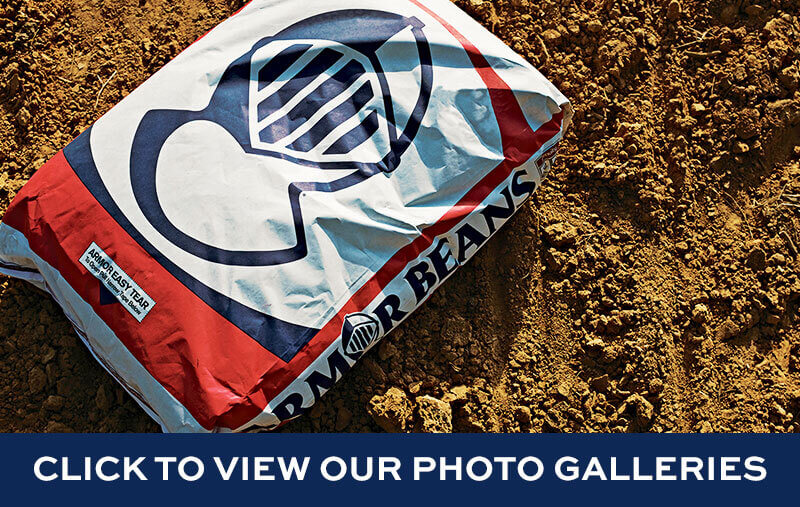Determining when to terminate irrigation in soybeans can be difficult. When making this decision, the goal is to make sure that adequate soil moisture is available to ensure the soybean seeds reach maximum size. Terminating irrigation too soon can result in decreased seed size which ultimately will mean that maximum yield potential may not be reached.
The first step in deciding when to terminate soybean irrigation is to properly identify what growth stage the crop is in. Keep in mind that if you are growing an indeterminate variety, observations for determining the growth stage should be taken from pods in the upper four nodes of the plant. Indeterminate varieties begin maturing at the bottom of the plant with maturity progressing upwards. Determinate varieties mature uniformly up and down the plant. Therefore, indeterminate varieties may have mature pods in the bottom of the plant with immature pods in the top while determinate varieties should mature uniformly up and down the plant.
The following points will help in identifying the late reproductive growth stages (average of upper four nodes on indeterminate varieties & anywhere on determinate varieties):
R5.5: Pods contain soybeans which fill half the space inside the pod cavity.
R6: Soybeans are touching and completely fill the inside of the pod cavity.
R6.5: Pod and pod wall beginning to change color. Soybeans inside the pod begin to pull away from the protective membrane within the pod.
R7: Pod mature in color.

The decision for terminating soybean irrigation will likely depend on the field in question. Factors such as irrigation method, soil texture, soybean maturity group, and environmental conditions at the time should all be considered. Generally speaking, if the crop has reached the R6.5 growth stage (when the seeds have begun to recede from the pod membrane) and adequate soil moisture is present, irrigation can likely be terminated at this point. In the case of indeterminate varieties, be mindful of the fact that there may be some pods in the lower part of the plant that are approaching R7, while pods in the upper four nodes still need moisture to finish filling.
Irrigation should continue until adequate soil moisture is present to maximize seed size and ensure that the maximum yield potential is reached. On the other hand, irrigating the crop when it doesn’t need it may be a waste of time and resources. Focusing on the soybean maturity group, growth stage, and soil texture of the field in question can all be of benefit when it comes to deciding when to terminate soybean irrigation.

